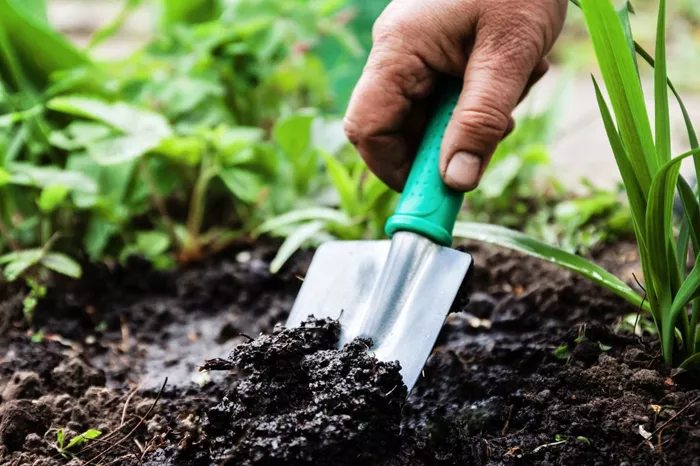Caring for your plants and flowers starts with knowing when to water them, and a simple DIY trick can help you get it right. While the common advice is to water your garden once a week, experts say checking the soil moisture every seven to 10 days is a smarter approach to avoid overwatering or underwatering.
Aaron Steil, a horticulture extension specialist at Iowa State University, recommends digging one to two inches into the soil around your plants. If the soil still feels moist, your plants can wait. But if it’s dry, it’s time to water.
Watering your plants in the morning is ideal because it allows moisture to soak in before the heat of the day. Aim to water the root zone—the area where roots spread—rather than the foliage to prevent disease. Using a watering wand with a gentle spray helps deliver water evenly and conserves moisture.
For newly planted flowers, shrubs, and trees, frequent watering is crucial during the first couple of years. Container plants and hanging baskets often need daily checks since their soil dries out faster. Established perennials and trees usually only require watering during dry spells.
Gardeners are also embracing drought-tolerant plants and alternatives to traditional lawns, such as tapestry lawns made of low-growing clover or thyme, which need less water and maintenance. These eco-friendly options support pollinators and reduce water use while keeping gardens vibrant.
By regularly checking soil moisture and adjusting watering habits, your flowers and plants will flourish all season long.


